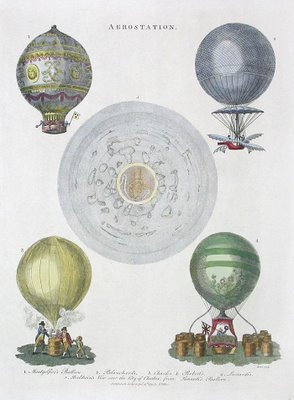 'A View of the Sphinx at the Pyramids at Gizeh; a Patera, charged with
'A View of the Sphinx at the Pyramids at Gizeh; a Patera, charged with the Portraits of Osiris and Isis, and Sculptures of Egyptian Musicians.
Pomprey's or Dioclesian's Pillar; and Cleopatra's Needle.'
 '1.Montgolfier's Balloon; 2.Blanchard's; 3.Charles & Robert's; 4.Lunardi's;
'1.Montgolfier's Balloon; 2.Blanchard's; 3.Charles & Robert's; 4.Lunardi's; 5. Baldwin's view over the City of Chester from Lunardi's balloon.'
 '1.Greater Bird of Paradise; 2.Magnificent Bird of Paradise;
'1.Greater Bird of Paradise; 2.Magnificent Bird of Paradise; 3.Gorgel Bird of Paradise; 4.Paramecium overferum; 5.Marginotium.'
'Encyclopaedia Londinensis; or, Universal Dictionary of Arts, Sciences, and Literature, Comprehending, Under One General Alphabetical Arrangement, all the Words and Substance of Every Kind of Dictionary Extant in the English Language . In which the Improved Departments of the Mechanical Arts, the Liberal Sciences, the Higher Mathematics, and the Several Branches of Polite Literature, are Selected from the Acts, Memoirs, and Transactions, of the Most Eminent Literary Societies, in Europe, Asia, and America' was compiled by John Wilkes and issued in 24 volumes between about 1810 and 1829 (some are perhaps older - there are varying dates online). The majority of the engravings which I think total 3 volumes, were produced by J.Pass and J.Chapman.
"In the era of Enlightenment, books of knowledge, like Encyclopaedia Londinensis, took on a new importance and nobility in the scope of book publishing. Organized by printer, bookseller, and stationer John Wilkes (1750-1810, of Milland House, Sussex), the detailed, informative work reflects his experience as a newspaper proprietor and co-head of the British Directory Office. Fine artists like Richard Courbould were employed to draw allegorical prints to embellish the volumes. Though Wilkes died in 1810, publication of the Encyclopaedia continued until around 1829 in London.I had seen Wilkes' name around but knew next to nothing about his work so I was happy to come across a selection of large coloured prints at Panteek gallery. There are 66 further modestly sized black and white illustrations at the 'Science and Society' Picture Library (click bottom left of the page to see them all - some are repeats). Unfortunately both sets are watermarked. Removing the first watermark was fun but it soon went downhill on the enjoyment scale. I hope my ineptness is not too apparent.
Exalting the pursuit of knowledge, its allegorical prints draw on neo-Classical vocabulary to confer nobility on the studies of the arts and sciences, such as geography, botany, painting, and others. In classically-draped garments, female figures pose amid Roman architecture and artifact, employing the tools of investigation specific to their discipline. Along with its finely-rendered botanical illustrations, scientific diagrams, and detailed maps, these allegories made Encyclopaedia Londinensis an extraordinary work of aesthetics and education."
Someone correct me if I'm wrong but I presume 'Londinensis' (seen in reference to botanical and pharmacology works from around the same period) is a descriptive latinized form of London - meaning it was published there.
UPDATE (Aug 2011): just noticed that the Biodiversity Heritage Library (via Smithsonian) has made available volume 5 (of 24!) which features illustrations of shells.







No comments:
Post a Comment